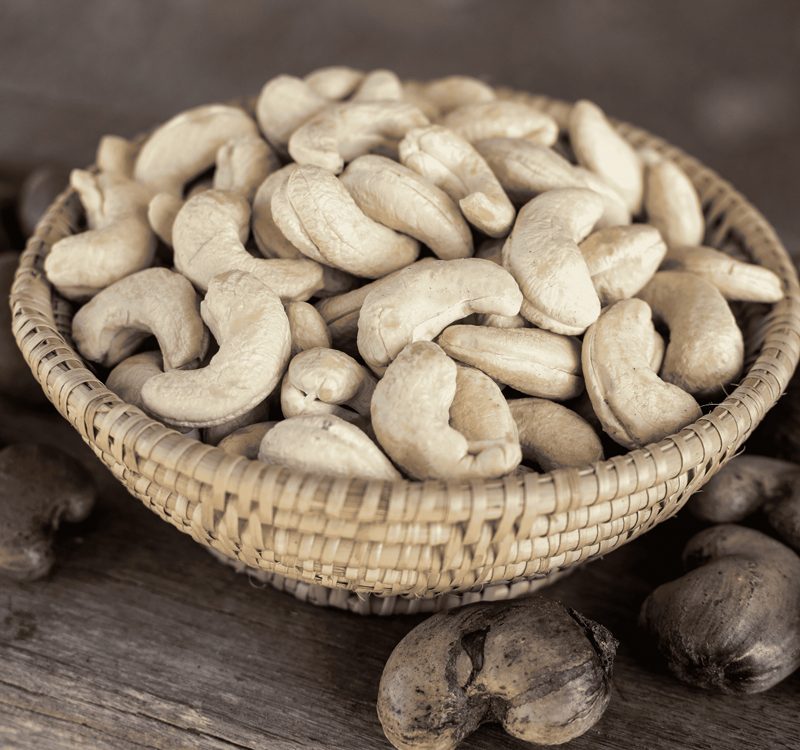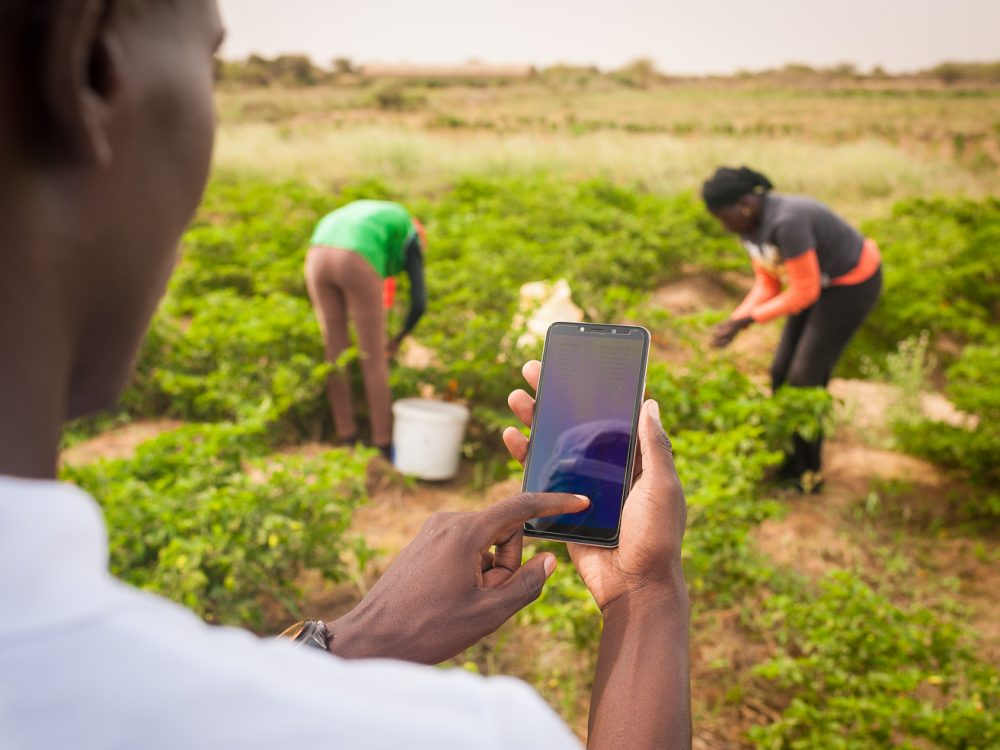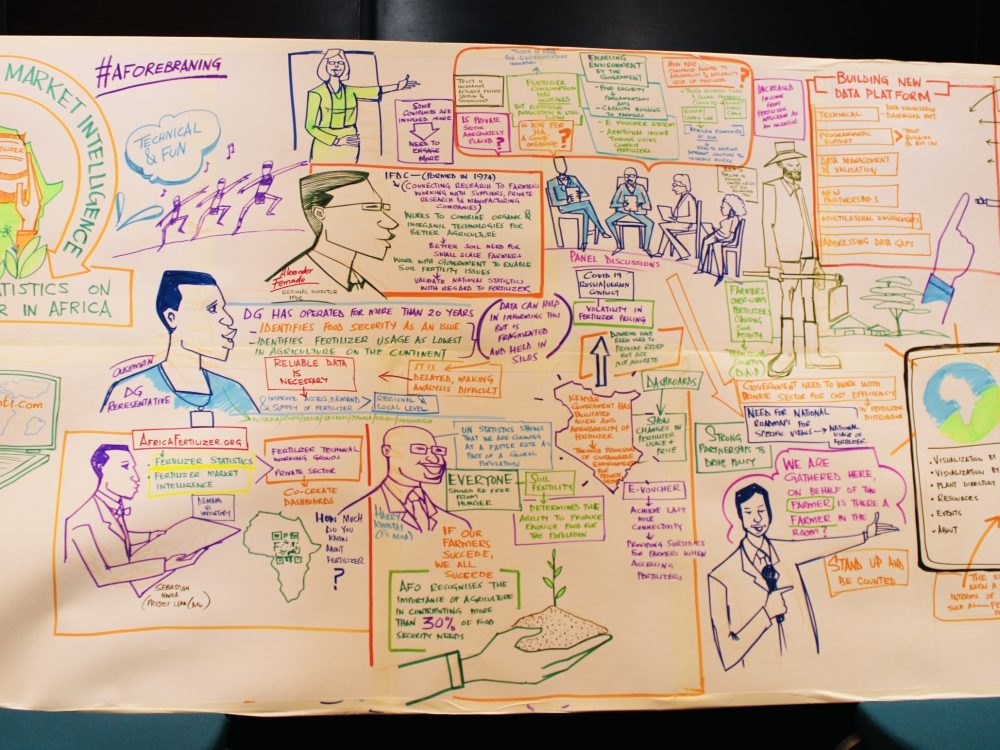Making Gender Data Count: Can IATI Help?
CGD recently co-hosted a workshop with Data2X, the Millennium Challenge Corporation (MCC), and Development Gateway on the potential of the International Aid Transparency Initiative (IATI) to comprehensively track aid flows and outcomes. Specifically, the discussion explored how IATI can be used to improve the availability of gender data and ensure that women and girls benefit equally from development investments. A full summary note of the workshop can be found here—and in short form, here’s what we learned from the discussion:
Gender data is essential to understanding the impacts of development programs on people’s lives, enabling us to invest in interventions that are proven to be effective while avoiding unintended consequences. IATI has the potential to play an important role in improving both the reporting and the use of gender data, but there are some hurdles left to overcome before it can do so. Check out workshop participants’ recommendations below.
But first, why exactly do we need gender data?
We can only make women’s lives better if data is available to provide the most accurate picture of the issues that affect them. Data is critical to determining the size and nature of social and economic inequalities, their causes, and solutions. Unfortunately, gender data is often only available for indicators related to mortality, violence and sexual health, and education. About 80% of countries produce sex-disaggregated data in these areas, but less than a third have sex-disaggregated data on economic outcomes related to informal employment, entrepreneurship, and unpaid work.
Without disaggregated, individual-level data, it’s hard to know the true impact of a program or intervention. For example, in an MCC program aimed at farmers in Burkina Faso, implementers on the ground were hired to train “households.” Because MCC collected sex-disaggregated data, implementers discovered quickly that mostly men were recruited to represent their households, and women weren’t being trained. Data aggregated at the household level would have obscured this reality.
How can IATI help?
Developing and donor countries alike face enormous challenges documenting and obtaining reliable and current information about aid projects, which prevents them from allocating their resources effectively. The collection and publication of sex-disaggregated data lags even farther behind; as a result, we often have no data (or bad data) on issues that disproportionately affect women and girls. IATI seeks to improve aid transparency and data availability by encouraging stakeholders to publish their data in one portal, allowing easy and efficient access for all.
Development Gateway has demonstrated how IATI data can be used to inform programming, partner coordination, and resource allocation. In collaboration with MCC, Development Gateway used data housed on the IATI platform to see if programs aimed at farmers were reaching men and women equally. With this data, MCC was able to track the targeting of their nutrition training programs, allowing implementers to see how many men versus women were reached through trainings and if girls and boys experienced the same health benefits as a result.
What are the barriers to take-up?
IATI provides accessible, comparable, and timely information on aid flows, but there’s still a long way to go before it’s a perfect source for gender data. Only 16% of activities reported through IATI are currently flagged with the “gender marker,” and it’s unclear what the marker’s usage means, depending on who’s reporting. Moreover, only 50,000 out of the 625,742 daily reported activities include results, indicating that programs are not systematically collecting outcome data.
While governments and larger institutions likely have the capacity to integrate IATI reporting into their regular operations relatively seamlessly, smaller grassroots organizations may lack this capacity. Without a clear case for cost effectiveness and long-term benefits, it’s hard to get institutions to make a commitment to adjust their data reporting procedures. Providing incentives—and the assurance that the platform will be a “publish once, use often” system—may help in this regard.
What’s next?
The workshop attendees and panelists suggested a number of solutions to (1) further improve IATI’s ability to house quality gender data and (2) encourage greater take-up of the platform. Here are a few of them:
- Standardize definitions and reporting indicators: Development actors have yet to agree on a universal set of definitions and standard indicators that should be used in data collection efforts. Creating universal standards for indicators related to gender equality will make reporting easier for data producers and cross-donor comparisons easier for data users.
- Make platforms more user-friendly: IATI is a new platform for most, so increasing participation will likely require both awareness-raising and capacity-building. IATI’s current technical assistance efforts should be made as accessible as possible—and provide for the option of tailored assistance.
- Use carrots and sticks: IATI reporting (and the collection of gender data more broadly) should become a necessary part of what bidding organizations must account for when submitting proposed budgets through procurement channels. Institutions should also be rewarded for using IATI to report comprehensively, particularly on outputs and outcomes.
Good gender data is essential for making evidence-based policy decisions and achieving the Sustainable Development Goals. To ensure that development is both inclusive and sustainable, we must have a gender data revolution, and IATI can play an important role in getting us there.
This guest post originally appeared on the Center for Global Development’s blog.
Share This Post
Related from our library

Building a Sustainable Cashew Sector in West Africa Through Data and Collaboration
Cashew-IN project came to an end in August 2024 after four years of working with government agencies, producers, traders, processors, and development partners in the five implementing countries to co-create an online tool aimed to inform, support, promote, and strengthen Africa’s cashew industry. This blog outlines some of the key project highlights, including some of the challenges we faced, lessons learned, success stories, and identified opportunities for a more competitive cashew sector in West Africa.

Digital Transformation for Public Value: Development Gateway’s Insights from Agriculture & Open Contracting
In today’s fast-evolving world, governments and public organizations are under more pressure than ever before to deliver efficient, transparent services that align with public expectations. In this blog, we delve into the key concepts behind digital transformation and how it can enhance public value by promoting transparency, informing policy, and supporting evidence-based decision-making.

From Data Gaps to Impact: Key Insights from the VIFAA Program
Over the last six years, DG, together with its partners AfricaFertilizer (AFO) and Wallace & Associates, collaborated to implement the Visualizing Insights on Fertilizer for African Agriculture (VIFAA) Program. In the program’s final year (2024), the team undertook a “program learning process” to reflect on outcomes, challenges, and successes through internal interviews. This blog captures five key learnings, which we hope will guide similar programs aiming to bridge data gaps in agricultural development.